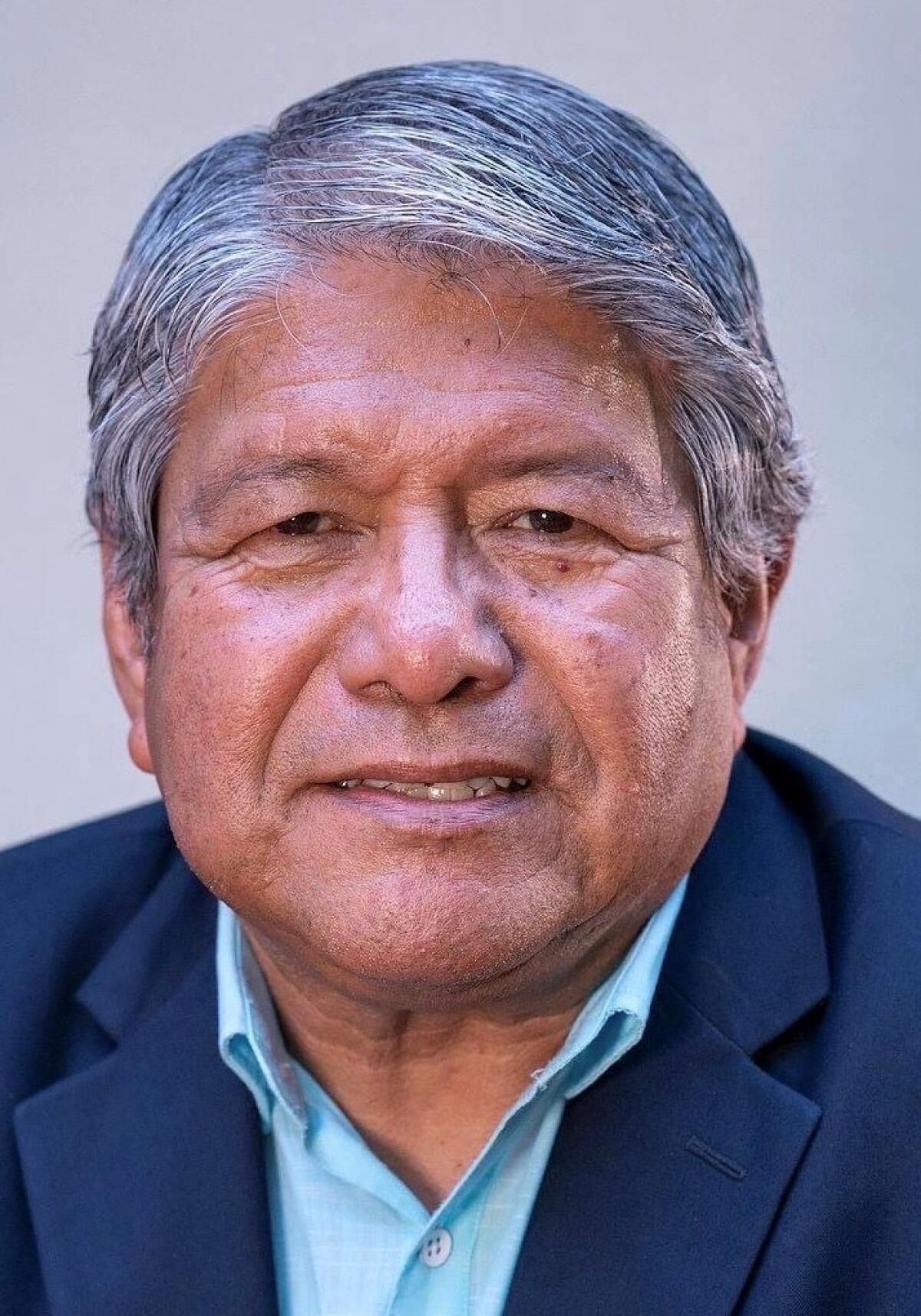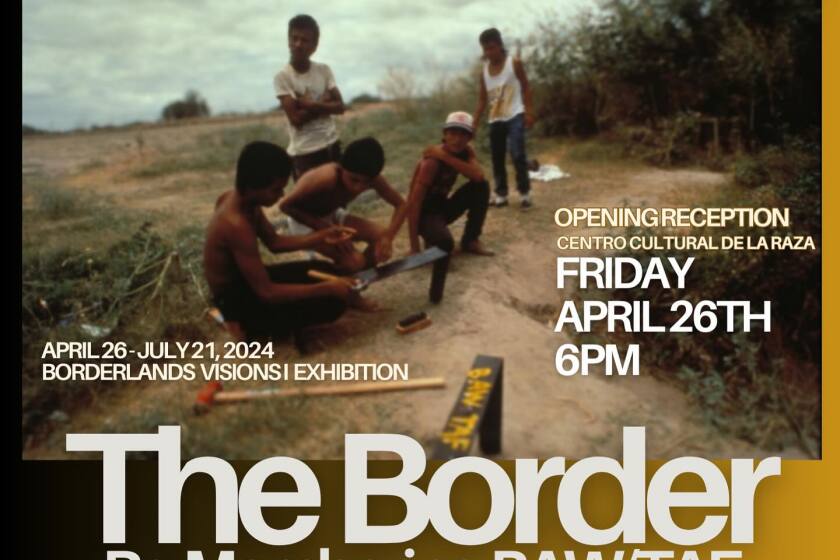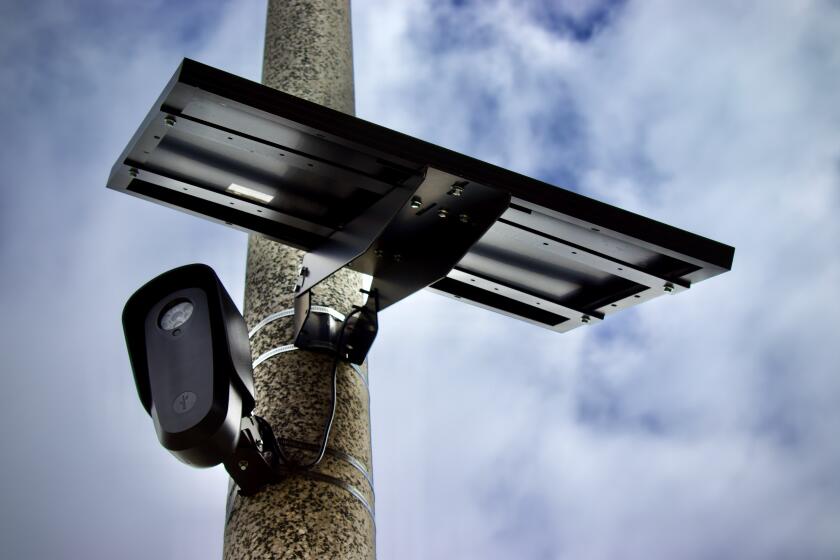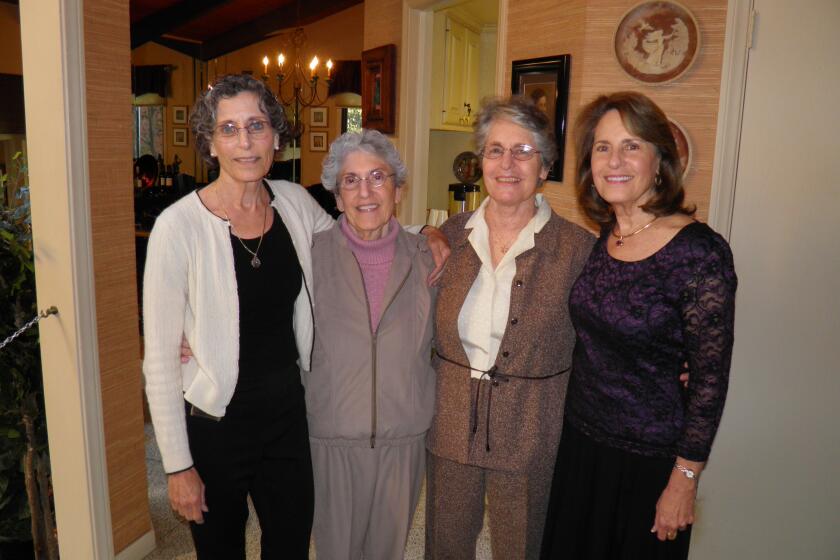Opinion: The San Diego Latino Legacy project illuminates a rich, largely unknown history

This project involves scholars Latino history in San Diego, as well as community voices.
Ortiz, Ph.D., is a professor of Chicano and Chicana Studies at San Diego State University and was inducted into the Stanford Alumni Multicultural Hall of Fame. He lives in the College Area.
When Maria Velasquez approached me to take part in the San Diego Latino Legacy project, I was willing to participate because of its focus — the history of local Chicanos and other Latinos — but also because it provided an unprecedented, invaluable opportunity to illuminate a rich, complex and largely unknown history of a community that has refused to become victims and struggled for full citizenship.
This project involves scholars who have studied different aspects of the history of Latinos in San Diego, and it also encompasses community perspectives and voices. So we not only have the scholarly perspective, but we have the lived experience.
Also, the project was appealing because it is intended to reach a much broader and a multigenerational audience than previous work. Thus, it stands to significantly expand the understanding of our history.
And so, I became part of the team to produce San Diego Latino Legacy.
The three eras that are covered in the first part of the multimedia project are regarded as significant eras in terms of the history of Chicanos and other Latinos.
The first era illuminates the incorporation of people of Mexican origin into the United States by conquest and the experiences with settler colonialism. The introduction to this chapter is written by San Diego State University professor Richard Griswold del Castillo, who is an acknowledged expert on that era and on Chicano history. He begins his discussion with an examination of the 1848 Treaty of Guadalupe Hidalgo, which ended war between the United States and Mexico, and identifies developments such as dispossession and political exclusion whose consequences continue to resonate today.
The second era covers the critical period from 1890 to 1930, including a mass movement across the U.S.-Mexico border from Mexico that expanded the Mexican population in the San Diego region, the responses to the population shift and the community’s resistance to discrimination.
Locally, the community of Lemon Grove became the site of a historic case, Roberto Alvarez v. the Board of Trustees of the Lemon Grove School District. This was one of the first successful segregation cases in the United States, brought by Mexican immigrant families who demonstrated resiliency in the face of attempted segregation in the schools. The author of the chapter is scholar Jimmy Patino, who is an expert on the societal responses to Mexican immigrants and the struggle for immigrant rights.
The third chapter covered in this first release is written by UC San Diego history professor Luis Alvarez, who has written extensively on youth culture and Mexican Americans in World War II. He illuminates the contributions of Mexican Americans in the military and their domestic struggle against second-class citizenship.
In this work, he documents the activism of the generation known as the Mexican-American generation, which is acknowledged to have spearheaded the emergence of our civil rights movement. For example, their activism included the creation of the El Congreso de Pueblos de Habla Espanol, the Spanish-speaking Congress.
This organization may be said to be the first “Latino” organization as it encompassed people of Mexican origin, as well as Puerto Ricans and Cuban Americans. They came together under the leadership of Luisa Moreno, who lived in San Diego and organized workers in the canneries and other industries.
In the second release of San Diego Latino Legacy, I will introduce you to the rise of the Chicano movement and its activists. Many were the sons and daughters of the Mexican American generation. In the late 1960s, they claimed the Chicano identity, and created a social movement in response to the continuing discrimination that they encountered in the U.S. In San Diego, more than two dozen organizations were founded to address these inequities, including the Chicano Federation of San Diego County, the MAAC Project (now just called MAAC) and the MECHA student groups.
And who can forget the Barrio Logan community coming together in 1970, to put a stop to the construction of a highway patrol substation in its neighborhood? This happened when the community had advocated for years for a park, now known as Chicano Park, a historic landmark, featuring one of the world’s largest displays of murals.
The last release will bring us to the present. And here you will see our young leadership emerge.
Sociologist Marta Tienda at Princeton University has said we are living in a time period she calls the “Hispanic” moment. I prefer to call it the Latino moment. We are now the nation’s largest minority group with the potential to play a significant role in the future of San Diego, California and our country. The historical perspective and knowledge of our community is vital to understanding who we are today.
Get Weekend Opinion on Sundays and Reader Opinion on Mondays
Editorials, commentary and more delivered Sunday morning, and Reader Reaction on Mondays.
You may occasionally receive promotional content from the San Diego Union-Tribune.





